

When you step into the forest you can smell the fragrance of trees and earth. You can feel and breathe the life and power coming from the green all around. And that relaxing power heals us.
The healing effects of forests have become popularly known as forest bathing. However, the actual effects of forest bathing were thought to be only a matter of subjective feeling. Here, forest therapy goes a step beyond forest bathing by scientifically elucidating its beneficial effects, and making use of them for improving mind and physical health.
Okutama Town offers visitors a variety of forest therapy programs aimed at relaxation and developing a healthier life through its Forest Therapy Base Okutama.
Physiological, psychological and physical experiments conducted in urban and forest areas show that the concentration of cortisol, the stress hormone found in saliva, is lower in forests than in urban areas.
In addition, it has been found that fluctuations in heartbeat, which rise when the individual is under high stress, are suppressed in the forest. The same effect can be seen in the activity of the prefrontal cortex of the brain, which calms down and relaxes in forest areas.
Furthermore, regarding immune functions, research shows that phytoncides from forest and forest bathing increases NK activity (natural killer activity). This has been reported by Dr. Qing Li who is affiliated to Nippon Medical School Research Team. (* NK activity: immunological activity effective for suppressing cancer)
The graph shows that salivary cortisol concentration is lower in the forest, and it became clear that forest environments have a stress mitigation effect.

It was shown that parasympathetic activity was dominant, and the body was in a relaxed state in forest areas.

The beneficial effects of forest bathing are brought about by the scent of the woods called "phytoncide". Phytoncide comes from trees and grass and is a volatile substance forest plants produce and emanate themselves, and the main components are organic compounds called tempens.
Phytoncides do not only refresh the body but also have various functions such as antibacterial, insecticidal, deodorant, etc. Their proper use can make our life healthier and more prosperous.
For most of human history people lived in close contact with nature. However, the world today has become mainly urban, and life in an artificial environment is stressful in many ways. For us humans who have lived in nature, entering into the forest means to place ourselves in a suitable, gentle environment.
When we consider this, it is just natural that forest bathing is relaxing, and that scientific effects such as raising the body's immune power lowering blood pressure are observed.
Okutama Town is located at the northwest corner of the Tokyo metropolitan area. The whole area is a vast forest belonging to the Chichibu Tama Kai National Park, and the town is blessed with numerous valleys. Also, according to a survey conducted by the Ministry of the Environment, over 1,000 giant trees have been counted.
The forest therapy base in Okutama, which is the first of its kind in Tokyo, offers five therapy roads that can be enjoyed: the Okutama Lake Relaxing Road, the Okutama Old Road, the Fragrance Road "Toke-Trail", the Hatonosu Valley Hiking Trail, and the Hyakuhiro Waterfalls Mountain Trail. Moreover, access from the city is quite convenient, so it is easy to visit.
The trail is about 12 km long, with en elevation change of 36 m. It is a flat trail along the lakeside with natural forest and mixed cedar and cypress. There is Yama-no-Furusato Village at the end of the trail.
This is a flat course half way around the Okutama Lake. Placed in the center of a natural forest, a diversity of plants and small animals can be found in this good natural environment. Each season offers their own attraction such as fresh green and the red coloring of leaves.
Also, there are many benches, tables and toilets along the way, so you can take your time and relax.
At the end point there is Yama-no-Furusato village, and you can experience making soba noodles, ceramics, and woodworking.
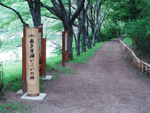
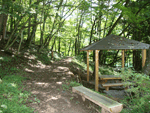
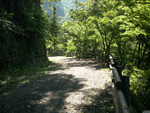
The trail is about 1.3km in length, with an elevation change of 50m. It is 420m barrier-free, and is the first therapy-only trail nationwide. A wheelchair monorail is also installed.
It is Japan's first forest therapy trail, and can be easily accessed by walking 15 minutes from Okutama Station on the JR Ome Line.
Inside the trail, facilities such as plazas are provided to enable a variety of activities including yoga, zazen, self-counseling, and hydrotherapy.
In addition, there is a wheelchair monorail installed for people with physical disabilities.

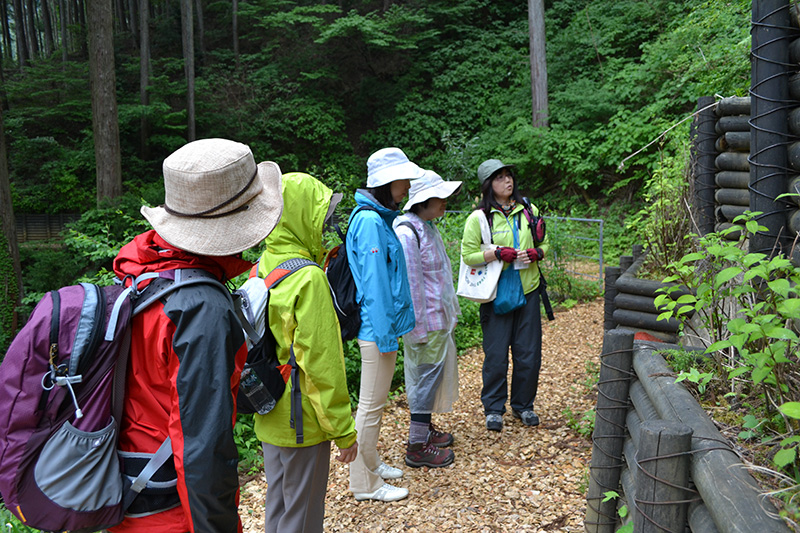

The trail is about 9 km in length, with an elevation change of 264 m. It is part of the old Koshu-Kaido Road and, in addition to giant trees and valleys, it is a trail with historical sites such as shrines and Dosojin carved stones.
This old trail, connecting Edo and Koshu, goes from Okutama Station to Okutama Lake following the Okutama River. There is a bus route nearby the trail that makes the round trip 20 times a day, so depending on the time, it is easy to walk part of the trail only and then continue by bus.
Because of the old road, there are many historical scenic spots such as shrines, Dosojin carved stones, and Hayagriva statues. Along the trail there are also giant trees such as the triple cedar sanbonsugi and pagoda trees (Saikachigi), and each season offers charming beautiful scenery.
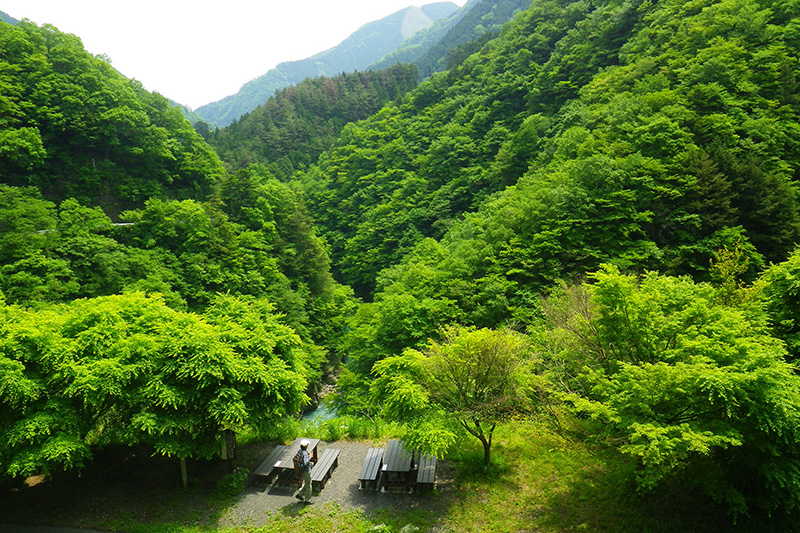
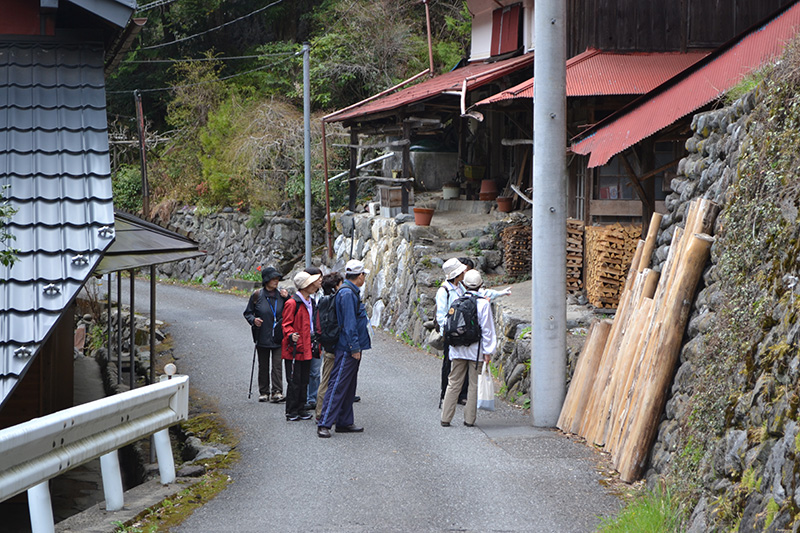
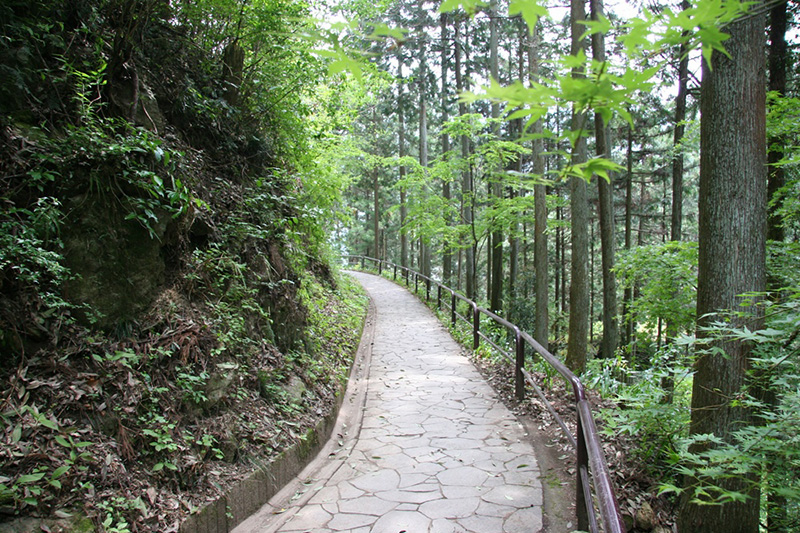
The trail is about 2.5 km long, with an elevation change of 68 m, and it goes along the valley following places such as Hatonosu Valley, Shiromaru Lake, and the Kazumakyo Bridge. The easy access from the station makes it and ideal trail to enjoy.
The trail goes along the Tamagawa River from the JR Ome Line Hatonosu St. through Shiromaru St. to the Unazawa District. Access from the station is very good, making it one of the most popular trails.
There are many amazing places to see such as the Hatonosu Valley-the most beautiful valley of Okutama-, Lake Shiromaru and the Kazumakyo Bridge. On the way, near the Shiromaru Lake Dam site, there is a tunnel-type fishway-the largest of its kind in Japan-and you can also see the fish swimming upstream.
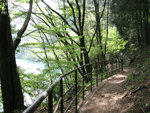
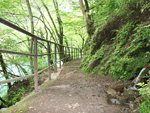
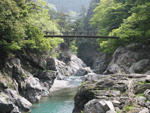
This trail is about 1.8 km long one way, with an elevation difference of 170 m, and it visits Hyakuhiro Waterfall, the most representative waterfall of Okutama.
Chosen among the one hundred water source forests in Japan, this is a mountain trail that goes along a stream to Hyakuhiro Waterfall, typical of Okutama. This trail is recommended for those who are confident in their physical fitness.
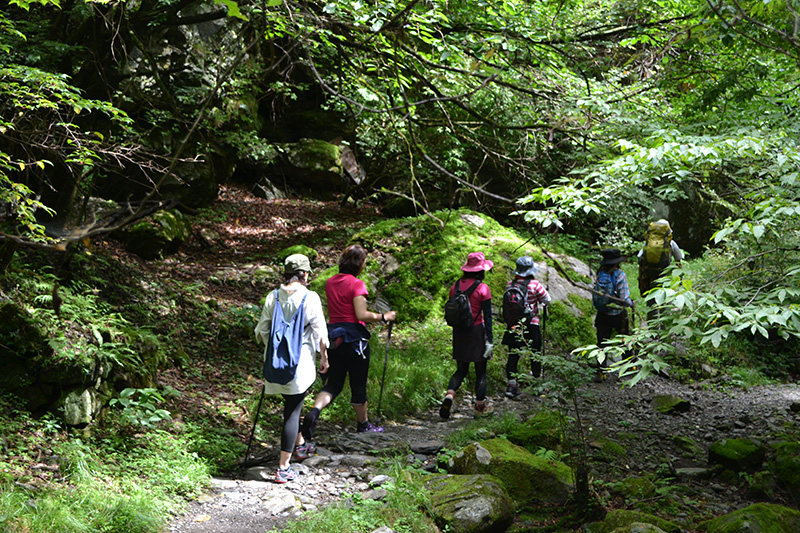
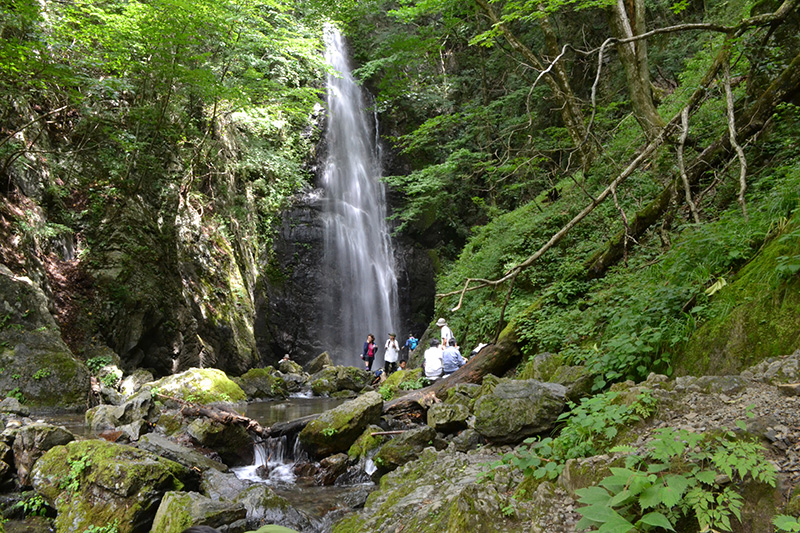
An Okutama Town Forest Therapy Assistant Certified Guide will support your forest walk. Unlike a nature guide, the assistant not only gives information but also cherishes what visitors look for and use their five senses to slowly guide them in the forest. You can enjoy "Tea time in the Forest" with delicious herb tea on the way.

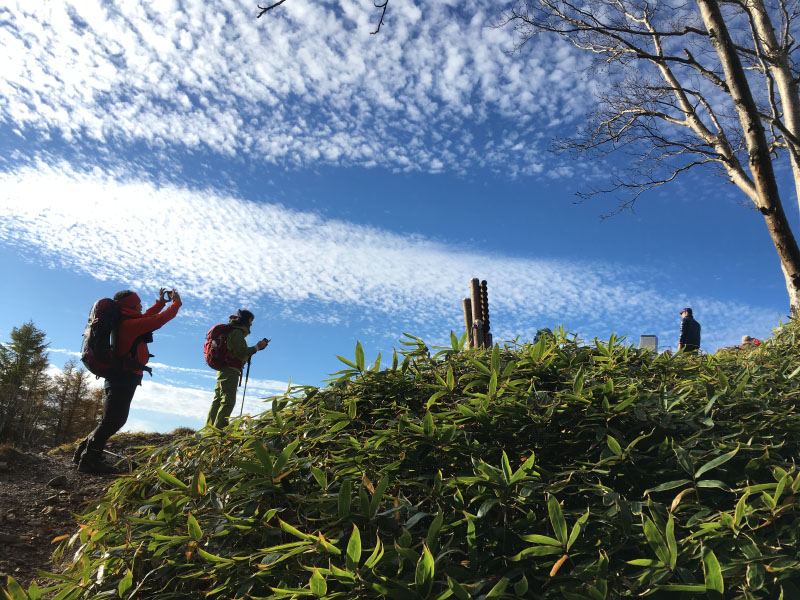
Yoga in the forest gives a sense of refreshment and freedom. Also, it is great for stress relief and improving concentration. The effects of yoga can be further enhanced by creating a sense of unity with the surrounding nature.

You can experience making soba noodles using soba flour. Of course, you can eat the soba you made on the spot. The taste of soba that one makes is special.
The place to experience soba is Yama-no-Furusato Village. (It takes about 40 minutes by car from Okutama Station)
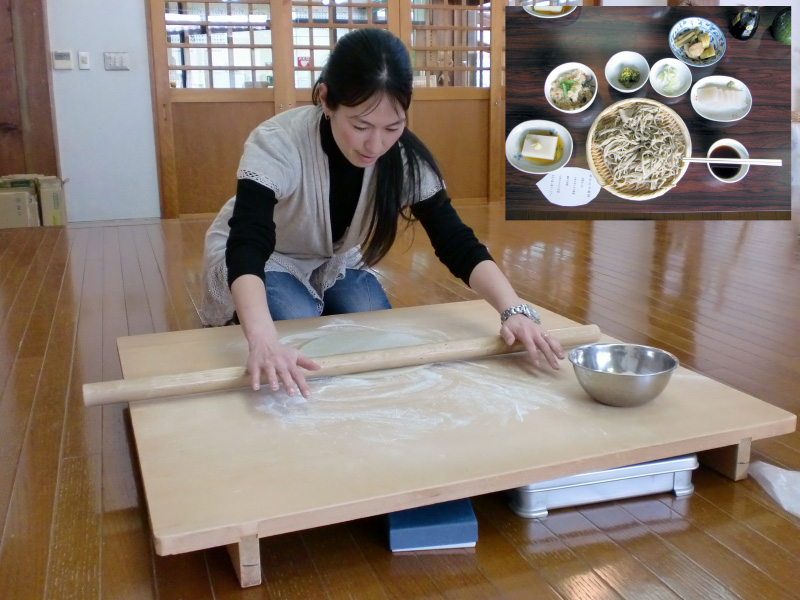

You might be surprised to find out that so many stars can be seen in the Tokyo sky. With its clear air, the Okutama sky is very beautiful. If you lie down on the bench of the Toke-Trail, the stars in the sky seem to fall down over you.
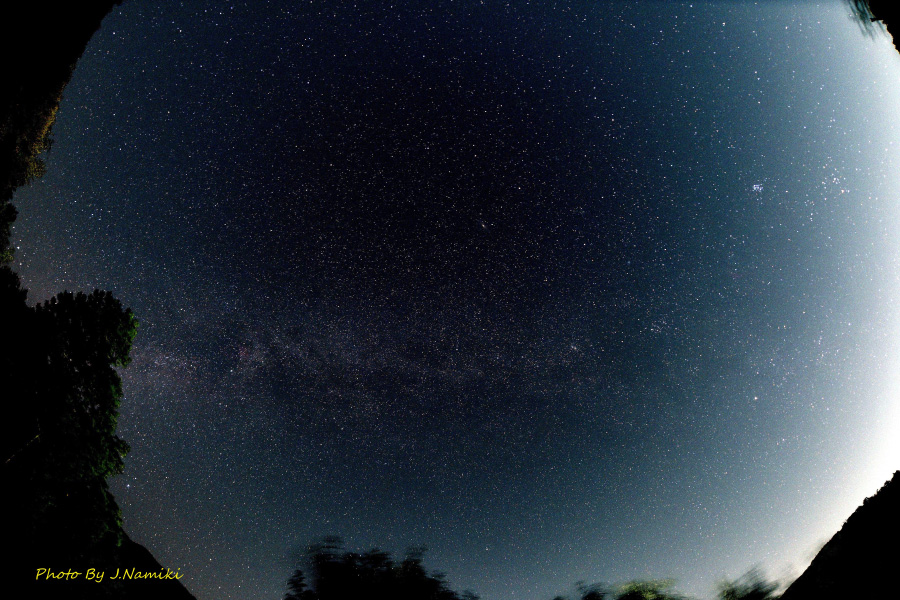
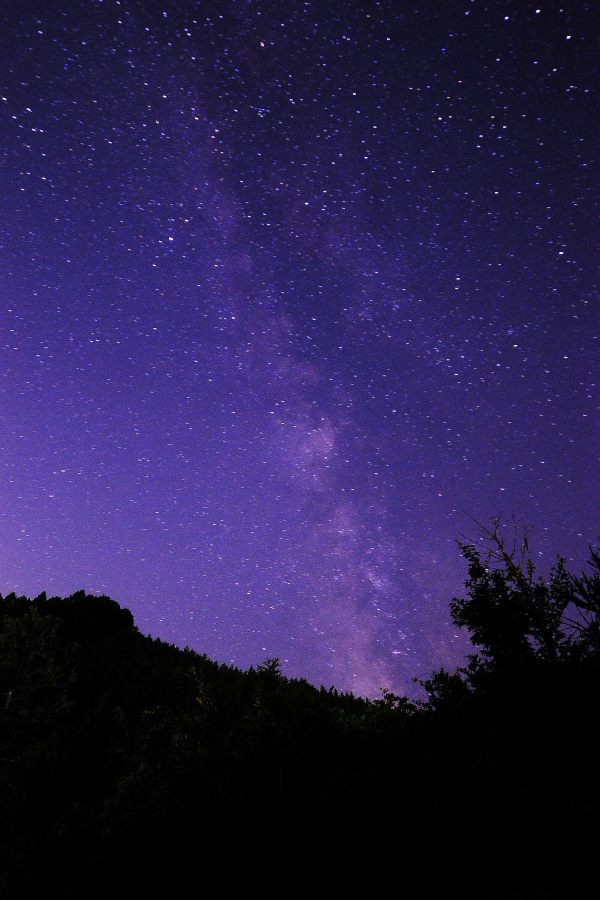
While feeling the warmth and aroma of trees, you can make bookshelves and accessory cases of your own design. You will be hooked and forget the passing of time.
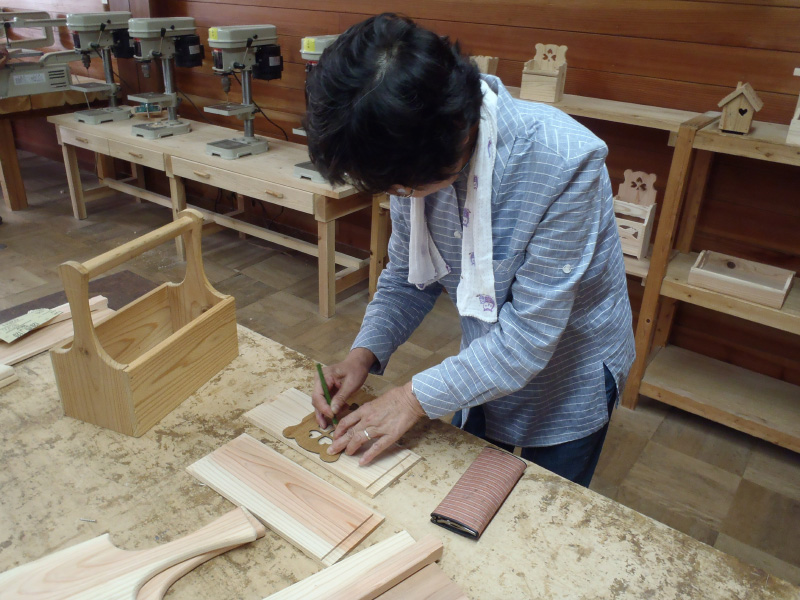
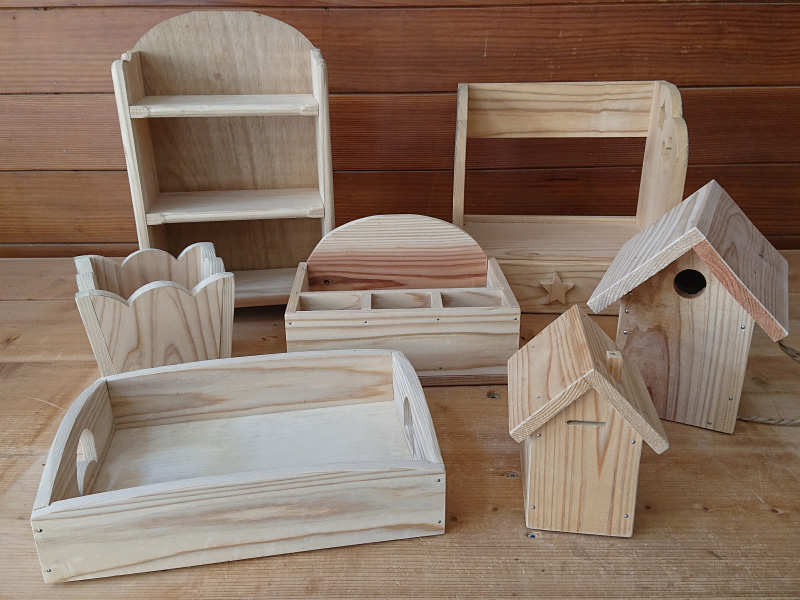
You can fully taste the feel of the earth and make unique dishes and cups that will be one of a kind. The finished ceramic work will be delivery to home about a month later.
(Shipping within Japan only. We cannot ship internationally.)

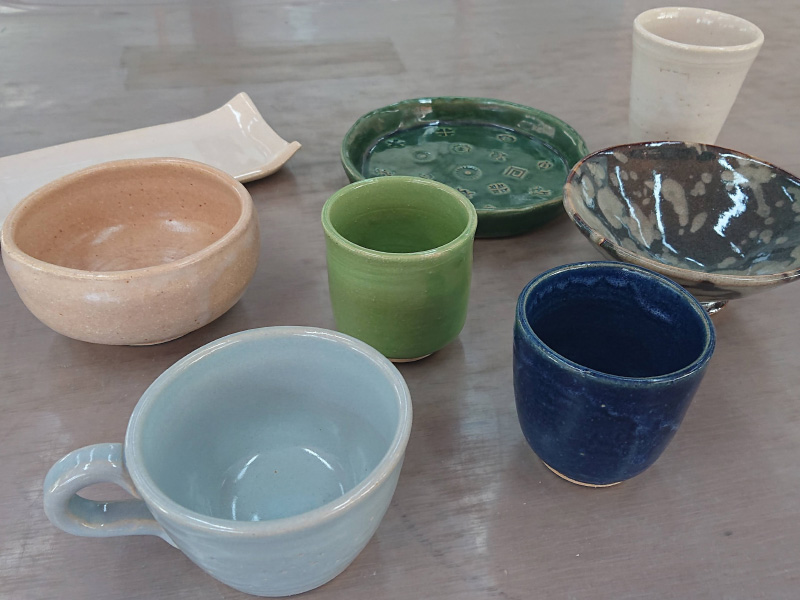
In the aroma class, you will make aroma oil with your favorite fragrance. An aroma therapist will also teach you how to do massage with aroma oil, so why not try using it for massage?

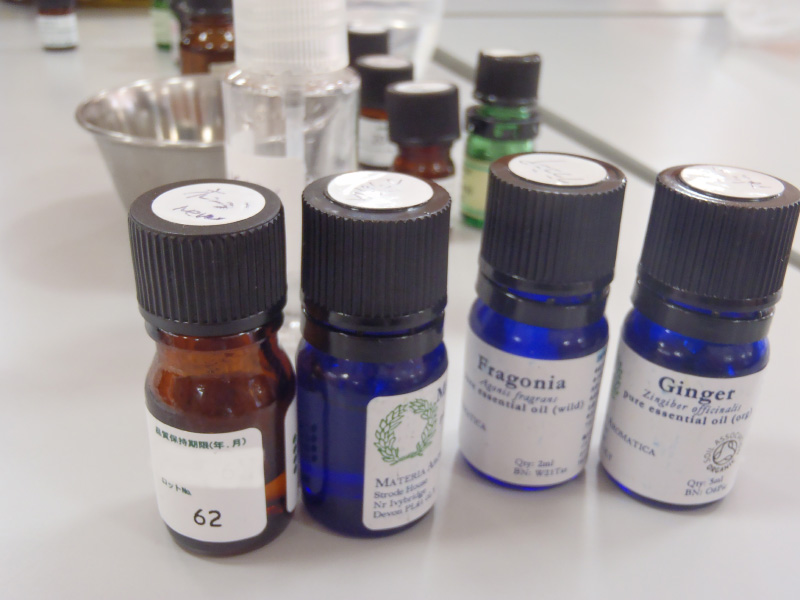
There are four hot spring sources in the town. One of them is Moegi no Yu, a town-operated hot spring. From the outdoor bath you can see the clear stream of the Tama River and the mountains. By being surrounded by nature and relaxing at the hot spring, your body and mind will feel refreshed.
(In Japan, people with tattoos may not have access to hot springs or public baths.)
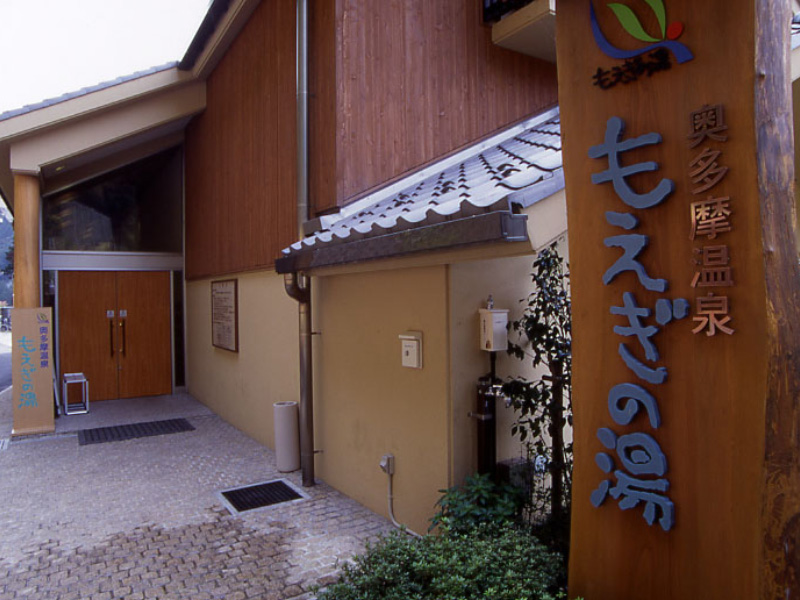
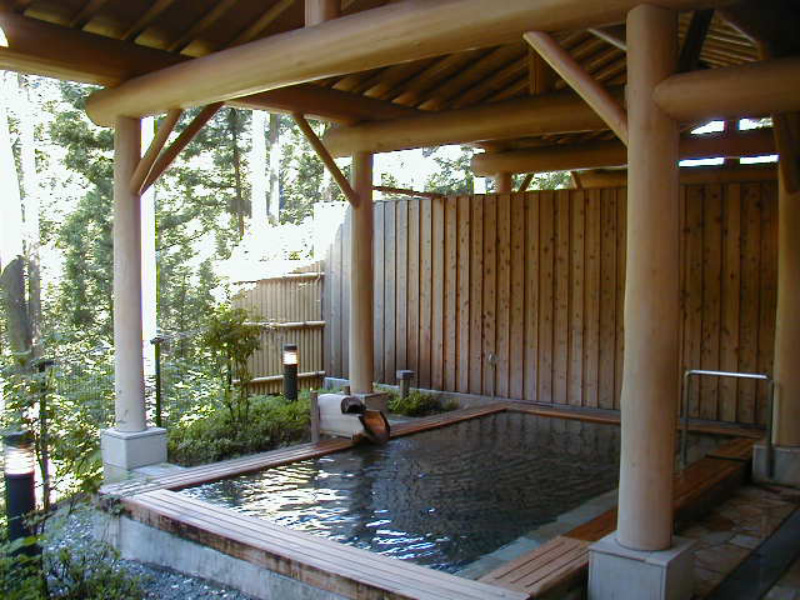
You can eat in the certified inn "Yuyado" which uses local produce such as wasabi, shiitake mushrooms, wild vegetables and Okutama trout. A healthy Forest Therapy lunchbox using local produce is also popular.
You can expect relaxation effects and health improvements from our original herbal tea blend. The tea can be enjoyed during the guided walk and we also sell it, so please feel free to contact us.

For foreign languages other than Japanese, tours are available in English. It corresponds as a private tour.
Please email us the date and plan of your request and other information.
-->
We will check the availability of guides and accommodations, and if we can make arrangements on your requested date, we will make a confirmation letter.
* It may take several days to reply. Also, depending on the date, we may not be able to accept it.
-->
We will send you an invoice, please pay the tour fee by credit card or bank transfer.
-->
We will wait at the ticket gate of Okutama Station on the day
- 7days to 2days prior to the starting date of the tour ... 30% of the tour fee
- 1day prior to the starting time of the tour ... 40% of the tour fee
- Prior to the starting time of the tour ... 50% of the tour fee
- In case of failure to show without notice ... 100% of the tour fee
10:30 Okutama Station --> (Health-Check) --> Forest Therapy Walk --> Lunch (boxed lunch) --> Forest Therapy Walk --> Tea-time --> (Health-Check) --> 15:00 Okutama Station
(* minimum of 2 people, additional options cost 2,500 yen per person.)
This is a premium tour where you can enjoy forest bathing(shinrin-yoku) by walking slowly through the forests of Okutama with a guide, and experience wasabi fields with young farmers of WASABI, a specialty of Okutama.
Wasabi can only grow in the rich forests of Okutama and the cold, clean water that flows from the forests. This is a tour to visit Okutama's two treasures.
A journey away from the hustle and bustle of the city to experience the peace of mind and experience the changing seasons of Japan.
At the tatami-style Ryokan Arasawaya, where you can enjoy delicious Japanese cuisine, in the evening you can also enjoy folklore storytelling (in Japanese) and flower arranging experiences as optional activities. Early morning yoga is also available upon request.
Day1
11:00 Okutama Station --> Forest Therapy Walk (Shinrin-yoku) --> Lunch (boxed lunch) --> Forest Therapy Walk (Shinrin-yoku) --> Tea-time --> 15:10 Check in Arasawaya Ryokan --> Dinner -->
(Optional menu) Folklore storytelling or Flower arrangement --> -->
Day2
9:50 Check out --> Wasabi Experience tour with lunch (Wear boots and walk along the stream) --> 13:00 The tour ends at Kori Station
(* minimum of 2 people, additional options cost 2,500 yen per person.)
Forests, where humans spent a long time during their developmental stages, have the power to balance the human mind and body.
This package tour includes a refreshing forest bathing that uses all five senses, as well as the experience of making and eating soba, Japan's representative local food.
The guided walk on the first day includes walking along the valley and a Forest Therapy road designed for Forest Therapy (Shinrin-yoku).
The guided walk on the second day follows a trail along Lake Okutama.
There was a village in Lake Okutama that sank in order to secure water resources for Tokyo.
The facilities used during the tour also utilize the remains of an old village.
Soba is a grain that is eaten all over the world, but in Japan you will be able to experience making soba, a noodle dish that became explosively popular in Edo (Tokyo) about 400 years ago.
Soba, which grows even in harsh environments (barren areas), was an important crop in mountainous regions where rice and wheat could not be grown.
Day1:
11:00 Okutama Station --> Forest Therapy Walk(Shinrin-yoku)--> Lunch (boxed lunch) --> Forest Therapy Walk (Shinrin-yoku) --> Tea-time --> 15:10 Check in Arasawaya Ryokan --> Dinner -->
(Optional menu)Folklore storytelling or Flower arrangement --> -->
Day2:
9:20 Check out --> Transfer by Car --> Guided walk along Okutama Lake --> Soba making / Lunch --> Transfer by Car --> The tour ends at Okutama Station 15:00
* Tours include guidance in our special car from beginning to end.
* Health check(Blood pressure measurement) option is available.
* Other activity menus can be incorporated upon request.
* Please pay the participation fee in advance by credit card or bank transfer.
(We use the square payment service for credit card payments.)
* Please inform us of special-meal requests such as vegetarian meals in advance.
* Tour prices vary depending on the itinerary and number of people.
There are 4 accommodations that you can stay at during a forest therapy tour.
Each has different characteristics and prices.








